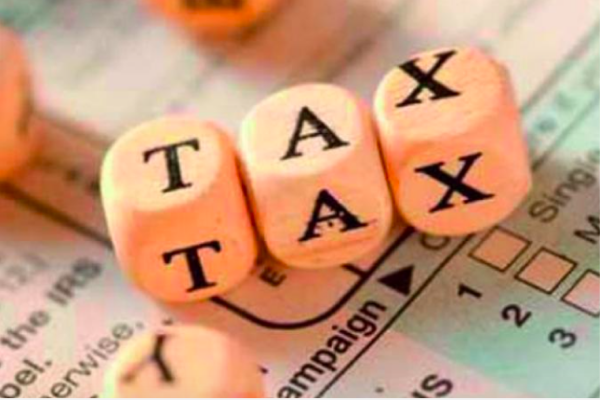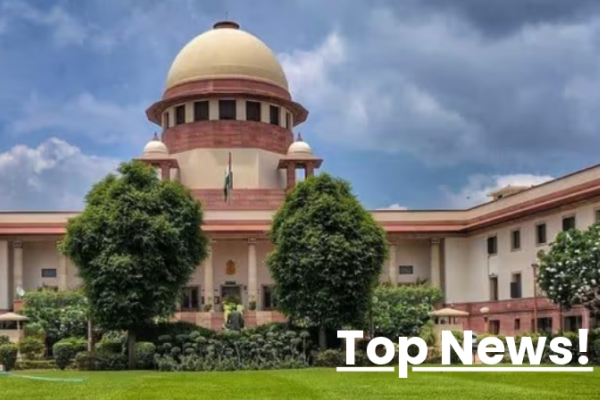
March 15, 2022
Shagun Shahi Chugh
Critical Analysis on Juvenile Justice Enactment Act, 2015
Introduction:
Juvenile Justice (Care and Protection of Children) Act 2015 has come into force and repeals the Juvenile Justice (Care and Protection of Children) Act, 2000. It was passed by Lok Sabha on 7th May 2015; was passed by Rajya Sabha on 22nd December 2015 and received Presidential assent on 31st December 2015.
The Act was passed by the Parliament of India amidst intense controversy, prolonged debates and street protests by child rights groups, as well as some members of Parliament. It tells regarding the positive provisions in the Act, like change in nomenclatures to remove negative connotations, the inclusion of several new definitions such as orphaned, abandoned and surrendered children, setting timelines for an inquiry by the Juvenile Justice Board, streamlining procedures for adoption, the inclusion of new offences committed against children and mandatory registration of Child Care Institutions. It discusses the controversial provision of “transferring” children between 16 and 18 years accused of “heinous offences” to the adult criminal justice system. It gives recommendations for law reform and better implementation of the law.
Meaning of Juvenile:
“Juvenile” means a boy who has not attained the age of or a girl who has not attained the age of 18years. The definition of “juvenile” is same what has been given for a child in the Children Act 1960. But as per the Dictionary meaning of the juvenile is a person physiologically immature or underdeveloped characteristic of children.
Need for New Juvenile Justice Enactment Act, 2015:
-
The Articles 15(3), 39 (e) and (f), 45 and 47 of the Constitution of India confer powers and impose duties on the State to ensure that all the needs of the children are met and their basic rights are fully protected.
-
There was no uniform law regarding age limitation of a juvenile delinquent until the passing of Children Act, 1960. For Instance, Bombay Children Act 1948, Haryana Children Act defined “Child” to mean a boy who has not attained the age of sixteen years or girl who has not attained the age of eighteen years. The U.P. Children Act and The East Punjab Act, Andhra Pradesh (Telangana Area) Children Act defined “Child” as a person under the age of sixteen years. Under the A.P. Children Act, 1920 “child” means a person under 14 years. The Saurashtra & West Bengal defines a ‘child” a person who has not attained the age of eighteen years.
-
Juvenile Justice Act, 1986 defined a juvenile or child to be a person who in case of a boy has not completed the age of 16 years and in case of a girl 18 years of age. The JJ Act, 1986 was repealed by 2000 Act and the distinction with regard to age between male and female juveniles has been done away with by the Government of India in performance of its obligation to the international obligations. Now the age of juvenile in conflict with the law for male and female has been fixed at 18 years.
-
The following problems identified in the Juvenile Justice Act,2000
-
There is no flexible procedure for sentencing,
-
This is a system in which the maximum amount of sentence served by a delinquent who says partakes in an armed robbery in order to feed himself is the same as the one given out to a serial rapists or murderer, just so long both are under eighteen years of age. This is the serious problem identifies with the act.
-
There is no logical or scientific reason which shows that total and complete rehabilitation can be achieved by a delinquent/offender/ child in conflict with the law within a maximum period of three years.
-
The act does not deal with physical and psychological maturity of a Juvenile.
-
Features of Juvenile Justice (Care and Protection of Children) Act,2015:
Juvenile Justice (Care and Protection of Children) Act 2015 provides for strengthened provisions for both children in need of care and protection and children in conflict with law. Some of the key provisions include: change in nomenclature from ‘juvenile’ to ‘child’ or ‘child in conflict with law’, across the Act to remove the negative connotation associated with the word “juvenile”; inclusion of several new definitions such as orphaned, abandoned and surrendered children; and petty, serious and heinous offences committed by children; clarity in powers, function and responsibilities of Juvenile Justice Board (JJB) and Child Welfare Committee (CWC); clear timelines for an inquiry by Juvenile Justice Board (JJB); special provisions for heinous offences committed by children above the age of sixteen years; a separate new chapter on Adoption to streamline adoption of orphan, abandoned and surrendered children; inclusion of new offences committed against children; and mandatory registration of Child Care Institutions.
Under Section 15, special provisions have been made to tackle child offenders committing heinous offences in the age group of 16-18 years. The Juvenile Justice Board is given the option to transfer cases of heinous offences by such children to a Children’s Court (Court of Session) after conducting the preliminary assessment. The provisions provide for placing children in a ‘place of safety’ both during and after the trial till they attain the age of 21 years after which an evaluation of the child shall be conducted by the Children’s Court. After the evaluation, the child is either released on probation and if the child is not reformed then the child will be sent to jail for the remaining term. The law will act as a deterrent for child offenders committing heinous offences such as rape and murder and will protect the rights of the victim.
JUVENILE JUSTICE (CARE & PROTECTION OF CHILDREN)ACT, 2015
Child in need of care and protection (CNCP)
Child welfare Committee (CWC)
Open shelter , Children’s home ,
Specialized adoption agency.(SAA)
Child conflict with law (CCL).
Juvenile justice board (JJB)
Observation home , Special home , Place of safety
Analysis of Notable Amendments:
Any child that found committing any crime will now be sent for a preliminary assessment for a period of three months, up from the earlier one month.
-
Clarification is added that the preliminary assessment is not a trial, but to assess the child’s capacity to commit the crime.
-
The Act will allow a Juvenile Justice Board, which would include psychologists and sociologists, to decide whether a Juvenile criminal in the age group of 16-18 years should be tried as an adult or not.
-
A new clause on fair trial is added, under which the assessment will look into the special needs of the child, under the tenet of a fair trial under a child- friendly atmosphere.
-
The Child will not suffer from any disqualification that arises from any conviction under the Act.
-
The records of any conviction will be destroyed after the expiry period of the appeal except in the case of heinous crimes.
-
Biological Parents giving up children for adoption will be given three months to rethink their decision instead of existing one month.
-
This Act introduces foster care in India.
-
The aftercare of the child in institutional care will not be restricted to only one time.
-
Any child leaving institutional care can now receive financial support for more than one time.
-
Disabled children will be give precedence inter- state adoption.
-
Abandoned Children, found by the childcare facilities will be kept for 60 days before being given up for adoption or foster care instead of existing 30 days.
-
Any child who has been abandoned by biological parents due to unavoidable circumstances will not be considered to be willfully giving up the child.
-
In acting on an appeal against an order passed against the child, the board will now take help of experienced psychologists and medical specialists.
-
There will be now proper training of special juvenile unit in the police force.
Conclusion:
For over a century, states have firmly believed that the juvenile justice system is a weapon to protect the public by providing a system that responds to the Criminal acts of children who are maturing into adulthood. States recognize that children who commit crimes are different from adults: as a class, they are less blameworthy and they have a greater capacity for transformation. To respond to the differences, states have established a judicial system for juveniles and they have created a separate youth-based service delivery system that is provided to adults. It has seen that the countries with economies in transition have witnessed a dramatic rise in the delinquency rates. Most children and young people in conflict with the law have committed minor crimes barring some exceptions.
Long ago, somewhere, sometime in the history the voice of the great Abraham Lincoln echoed” “A child is a person who is going to carry on what you have started. He is going to sit where you are sitting, and when you are gone, attend to those things you think are important. You may adopt all the policies you please, but how they are carried out depends on him. He is going to move in and take over your churches, schools, universities and corporations, the fate of humanity is in his hands”.





